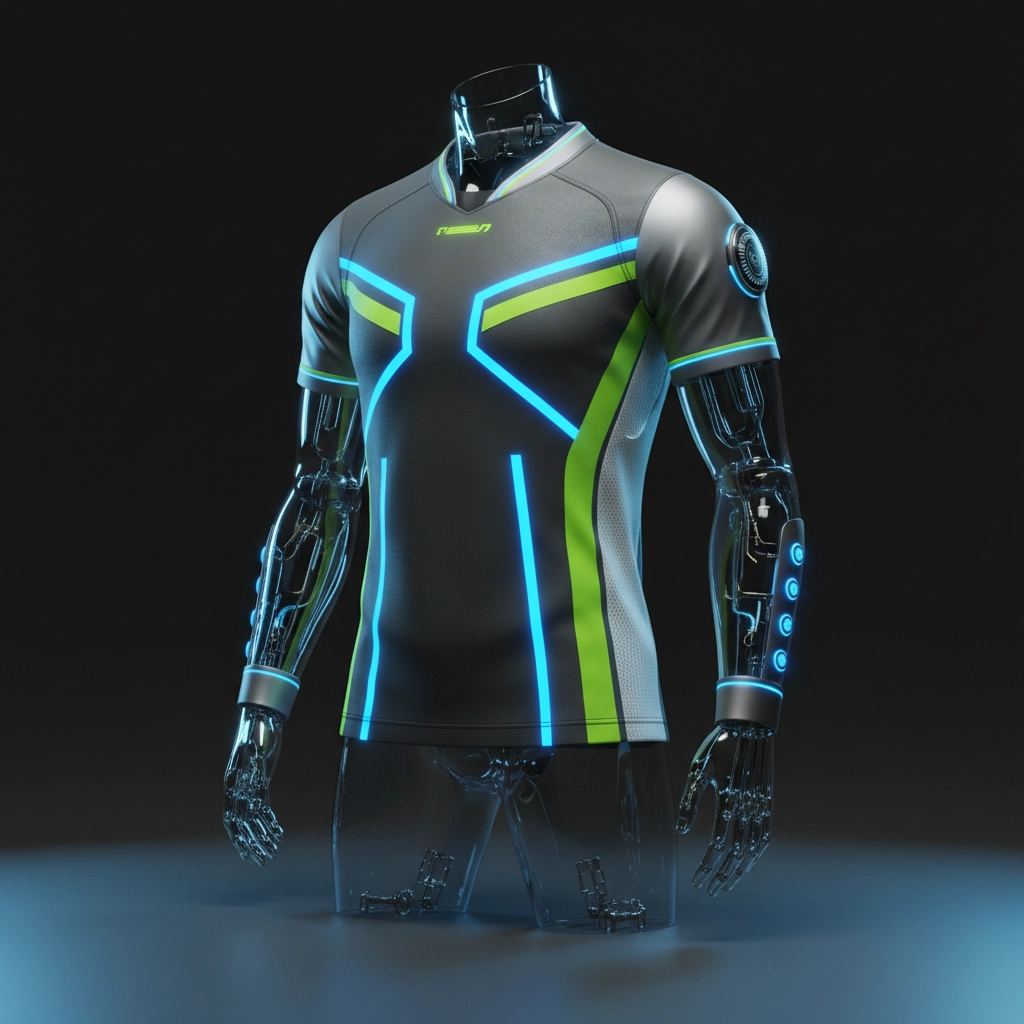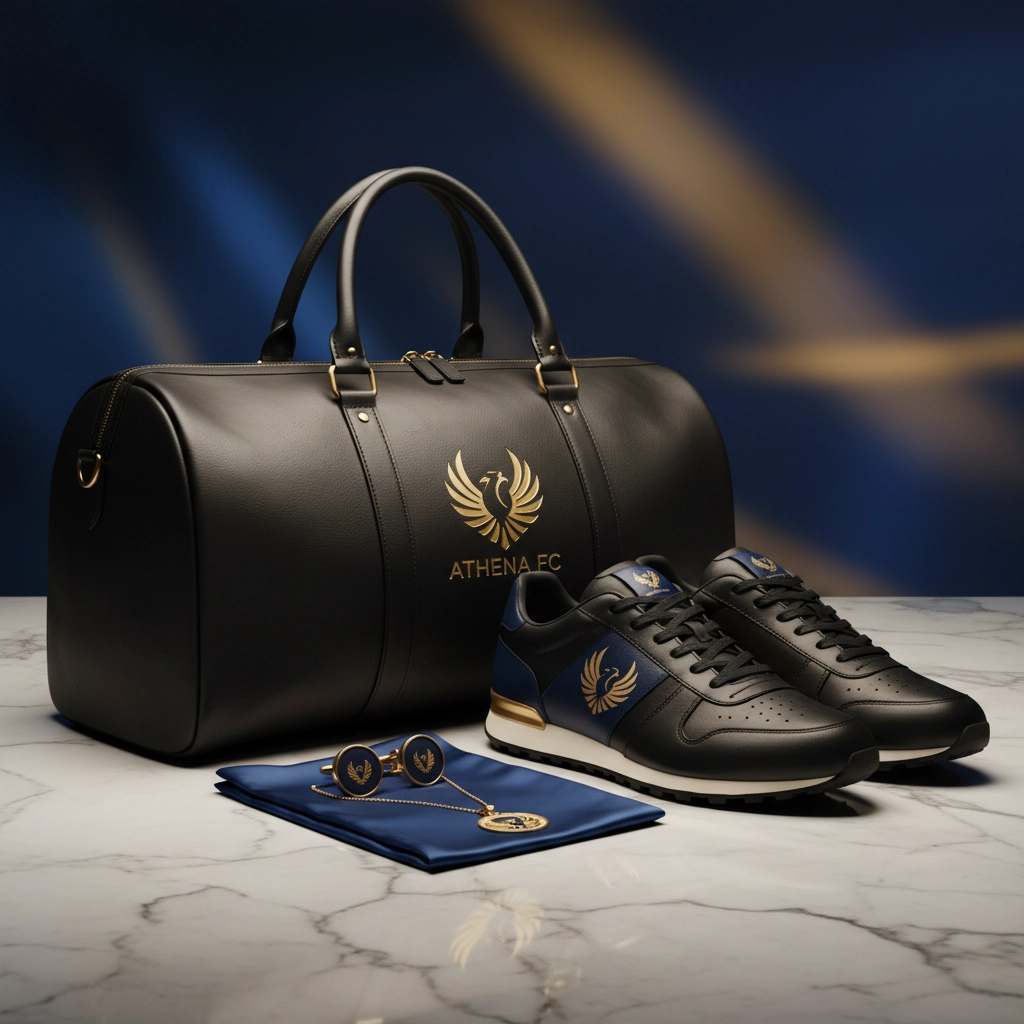Sports merchandise continues to evolve beyond traditional jerseys. Current market trends indicate significant shifts toward technology integration, personalization, and expanded product categories. These developments affect fan engagement patterns and purchasing behaviors across various sports demographics.
Technology-Integrated Merchandise
Modern sports merchandise incorporates advanced technological features. Smart apparel includes moisture-wicking fabrics, temperature regulation systems, and heating elements integrated into jackets and caps. These products address practical needs during game attendance in varying weather conditions.
Sensor-equipped jerseys represent emerging technology applications. These products feature embedded sensors that track biometric data or provide connectivity features. NFC chip integration allows access to exclusive content, sponsor information, and team updates through mobile device interaction.
Future iterations include LED panel integration for dynamic display capabilities. Augmented reality compatibility enables additional content layers when viewed through compatible mobile applications. These features expand merchandise functionality beyond basic team representation.

Connected wearables constitute another technological advancement. Smart wristbands provide game notifications, payment processing capabilities, and interactive polling features. These devices synchronize with live events to deliver real-time updates and engagement opportunities.
Customization and Personalization Options
Personalization services have become standard offerings across merchandise categories. Customization extends beyond name and number additions to include design modifications, color variations, and unique graphic elements. This approach addresses individual expression preferences within team affiliation contexts.
Custom footwear collaborations produce team-branded sneakers with specific colorways and design elements. These products combine athletic functionality with team identification features. Limited edition releases create exclusivity factors that influence purchasing decisions.
Hyper-personalization utilizes data analytics to generate individualized product recommendations. This approach considers purchase history, demographic information, and engagement patterns to suggest relevant merchandise options.
Elevated Accessories Categories
Accessory merchandise has expanded beyond basic items. Premium travel gear includes leather bags, backpacks, and luggage featuring team branding. These products target professional demographics requiring sophisticated appearance standards.
Team-inspired jewelry categories include earrings, pendants, and bracelets designed for everyday wear. These items provide subtle team representation options suitable for various social and professional contexts.
Headwear variations extend beyond traditional caps to include beanies, headbands, and specialty hat designs. Material options include sustainable fabrics and technical performance materials.
Fashion-Forward Collaborations
High-end fashion partnerships with sports organizations produce elevated merchandise lines. Designer brands create limited collections featuring team elements integrated with luxury materials and construction methods. These collaborations target fashion-conscious consumers seeking premium sports-related products.
Streetwear integration transforms traditional sports merchandise into fashion statements. Athletic apparel adopts contemporary design elements, color blocking, and silhouette modifications that align with current fashion trends.
Celebrity endorsements and styling choices influence merchandise perception. Athletes functioning as fashion influencers demonstrate sports apparel integration with contemporary wardrobe selections, expanding usage contexts beyond game attendance.

Sustainable Merchandise Initiatives
Environmental considerations affect merchandise development processes. Sustainable materials, including recycled fabrics and organic cotton, address eco-conscious consumer preferences. Production methods emphasize waste reduction and renewable energy utilization.
Zero-waste initiatives focus on minimizing production byproducts and extending product lifecycles. These programs include recycling services for worn merchandise and materials recovery for new product development.
Consumer awareness of environmental impact influences purchasing decisions. Organizations implementing sustainable practices gain competitive advantages with environmentally conscious fan segments.
Women's Sports Merchandise Expansion
Women's sports merchandise has experienced significant growth. Professional women's leagues generate increased merchandise demand, with WNBA popularity reaching 26% adult recognition levels. This demographic expansion requires specialized product development and marketing approaches.
Product lines specifically designed for women's sports fans include tailored fits, color variations, and style preferences distinct from traditional men's sports merchandise. These offerings address previously underserved market segments.
College women's sports merchandise benefits from increased visibility and fan engagement. Tournament events drive sales spikes and brand recognition for participating institutions and athletes.
Retro and Vintage Revival
Throwback designs maintain consistent popularity across fan demographics. Vintage-inspired merchandise combines nostalgic elements with contemporary production techniques and materials. These products appeal to multiple generational segments within fan communities.
Color variations and alternate uniform designs introduce fresh perspectives on team representation. Bold color combinations, gradient effects, and non-traditional color palettes expand visual identity options.
Limited edition retro releases create scarcity value and collector interest. These products often feature historical team logos, commemorative dates, and special packaging elements.

Athleisure Integration
Sports merchandise functions as everyday casual wear through athleisure design principles. Team-branded joggers, leggings, and hoodies provide comfort-focused options suitable for various daily activities beyond game attendance.
Fitness and wellness product categories include resistance bands, massage tools, and training accessories featuring team branding. These items serve fans who incorporate athletic training into their lifestyle routines.
Cross-category product development produces items suitable for both athletic activities and casual wear contexts. This approach expands usage occasions and increases product value propositions.
Experience-Driven Rewards Programs
Digital rewards systems integrate with physical merchandise offerings. Blockchain-based programs provide exclusive access to limited products, meet-and-greet opportunities, and behind-the-scenes content. These systems enhance fan engagement beyond traditional purchasing relationships.
User-generated content campaigns transform fans into active promotional participants. Organizations utilize artificial intelligence systems to highlight fan contributions during events and through official communication channels.
Community building initiatives use merchandise as connection tools between fans sharing common interests and team affiliations. These programs foster deeper engagement relationships than traditional transaction-based interactions.
Market Implementation Considerations
Merchandise diversification requires inventory management adjustments and expanded retail partnerships. Organizations must balance product variety with operational efficiency and storage requirements.
Pricing strategies accommodate varying product complexity levels and target demographic preferences. Premium products command higher margins while basic options maintain accessibility for broader fan segments.
Distribution channels include traditional retail locations, online platforms, and specialized pop-up installations. Multi-channel approaches ensure product availability across different consumer shopping preferences.
Fan merchandise evolution continues beyond traditional jersey-focused offerings. Technology integration, personalization capabilities, and expanded product categories create new opportunities for fan engagement and revenue generation. These trends indicate sustained growth potential within sports merchandise markets as organizations adapt to changing consumer preferences and technological capabilities.
Platforms like Fanz facilitate connections between sports organizations and fan communities through comprehensive social engagement tools. These connections support merchandise discovery and community building around shared team affiliations and sporting interests.
